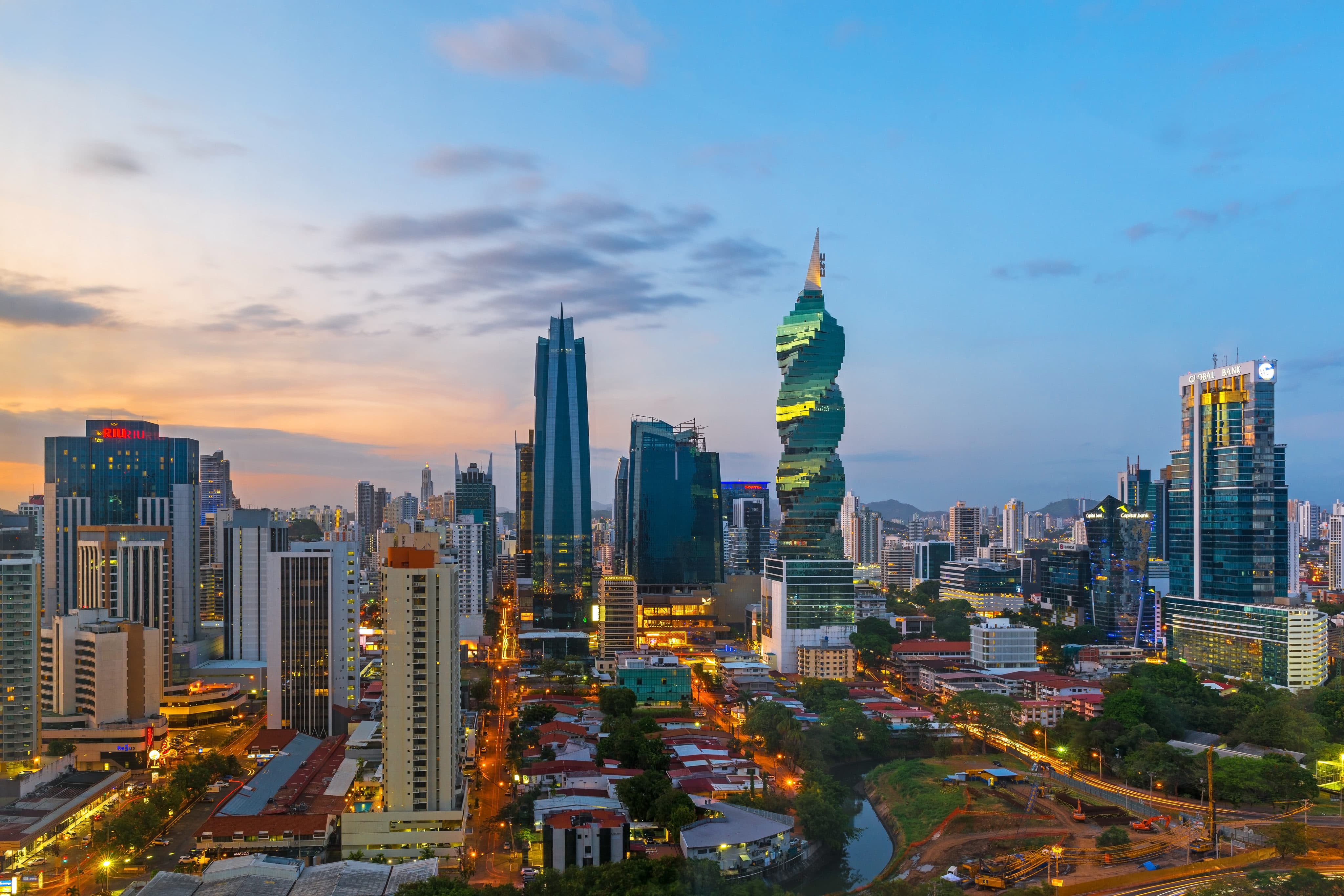Panama Is One Step from Legalizing Cannabis: The Drug War is Dead
FeaturedTrending Stories September 13, 2021 MJ Shareholders 0

For those who remember the 1980s, the irony of the Panamanian government’s decision to legalize medical cannabis is indeed rich in the late summer of 2021. This is especially true as it is occurring four years after the death of Panamanian dictator Manuel Noriega.
For any country in Central America to legalize cannabis in any way, was always going to be a significant if not landmark moment. The entire region was the center of illicit drug cultivation and smuggling that, depending on the country, helped finance autocratic regimes propped up by the U.S. government, or, in reverse, the revolutionary movements that sought to overthrow them during much of the 20th Century.
Indeed, the decision in Panama by the democratically elected government to move forward on legalizing medical cannabis is particularly momentous in part because of the legacy of the War on Drugs. In some ways, the American invasions, occupations and “influencing” of countries in both Central and South America were, more than Vietnam, a precursor to the recent defeat in Afghanistan. Expensive and bloody.
The fact that no other country in Central America has, up to this point, legalized any use of cannabis by legislative mandate, until now, is a telling fact.
Panama is, indeed, leading the way to cannabis reform on a federal level just south of the Rio Grande. The rest of the “dominoes” are also lined up to start falling—including the country just north of the river dividing Mexico from Texas.
A Tortured History
The cultivation and use of cannabis (also called Kanjac or Canyac locally) was banned in the country in 1923, at the height of U.S. imperialism in the southern hemisphere. North American political and military presence in the country began in 1903 and lasted until 1999 because of the strategic Panama Canal.
At the time of, and after construction, the U.S. soldiers in occupation were also increasingly friendly with the native population, and it was through these interactions that soldiers were exposed to cannabis. The plant was cultivated by local farmers and traded for personal use and even direct sales to military personnel.
The main reason the plant and its use were banned was the suspected impact of cannabis use on discipline and army morale. The inaccurate connection between cannabis and insubordination made by the U.S. government and the invading army would continue to float about the discussion well through the 1930s if not beyond.
But the link between cannabis and political affairs did not end there, of course. Sixty years later, Manuel Noriega, the U.S. puppet in Panama worked with Oliver North to raise funds for fighting the war against the Nicaraguan Resistance in a variety of extra-legal ways, including illicit drug running. The Iran-Contra scandal did not bring down the Reagan Administration, or indeed prevent the Republicans from holding on to the White House in 1988. What it did do, however, was contribute to the final fall of Noriega, who ended his life in jail just four years ago.
Reform Just South of The Rio Grande
There is another reason that cannabis reform has not come sooner to Central America. It was revolutionary enough that Uruguay became the first Latin American country to create a recreational market—against the stiff opposition of both U.S. politicians and more importantly, the U.S. banking system. Cannabis reform just south of Texas, however, was always going to be more impactful politically.
For Panama to move forward on implementing real cannabis reform at a federal level, there had to be some strategic lever that was pulled first. Perhaps that came in February when the Columbian government just next door and Panama’s closest Latin American neighbor began to consider promoting the international sale of domestically cultivated cannabis.
Or even in June of this year when private, recreational use became legal in Mexico, albeit by court decision. But it is also undeniably, the march of cannabis reform north of the Rio Grande—both in Canada and in the U.S. even if not on a federal level yet, that has also impacted the discussion.
One thing is for sure.
With both developments, the American drug war (at least against cannabis) is dying.
A New North South Trade in Cannabis
Look at the map circa 2021, and legal cannabis cultivation and even cross border import has already spread across the map in Latin America. For Central America to also begin now to go green also raises interesting questions. Namely, after the U.S. moves to at least federal medical reform, will Central and South America play the same role in producing cheap cannabis, will such countries grow other kinds of fruit and vegetables, as they did in previous agricultural transitions?
The existence of the United Fruit Company (now Chiquita Brands International) was largely responsible for establishing this trade in the 20th Century. Indeed, UFC was the company behind the moniker “Banana Republic” which characterized many of the undemocratically elected governments throughout the region, propped up by both American political, economic and military force.
Hopefully, however, in the 21st Century, as democratically elected governments and federal courts throughout the region begin to legalize cannabis, the same terrible legacies will not be wrought, and for the same kinds of reasons.
The move in Panama to legitimize at least the medical use of cannabis is certainly a good start.
MJ Shareholders
MJShareholders.com is the largest dedicated financial network and leading corporate communications firm serving the legal cannabis industry. Our network aims to connect public marijuana companies with these focused cannabis audiences across the US and Canada that are critical for growth: Short and long term cannabis investors Active funding sources Mainstream media Business leaders Cannabis consumers











No comments so far.
Be first to leave comment below.